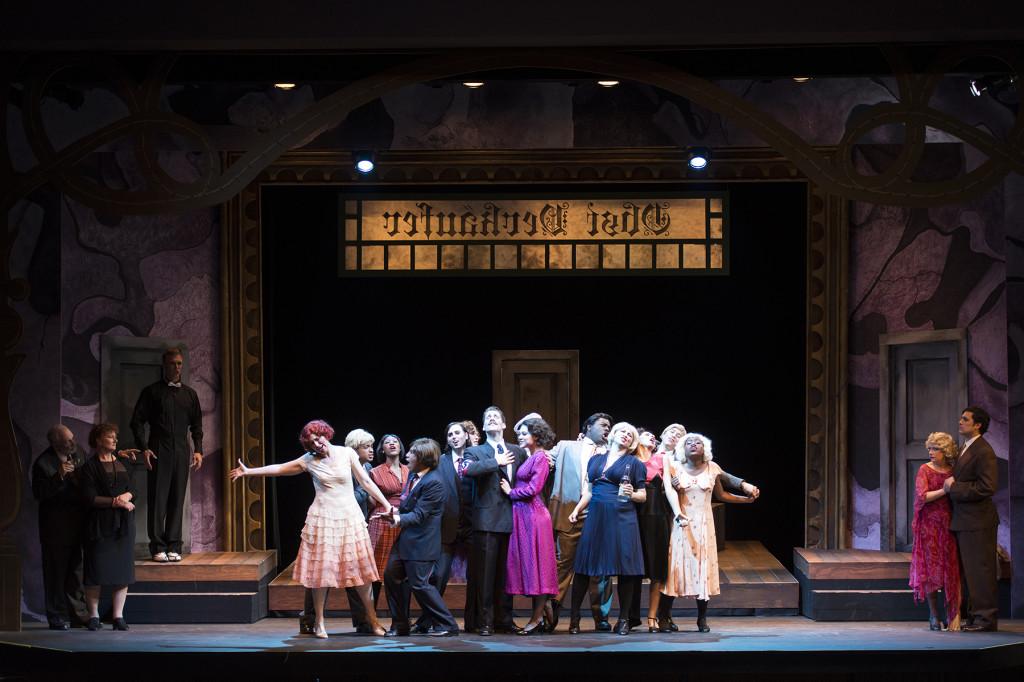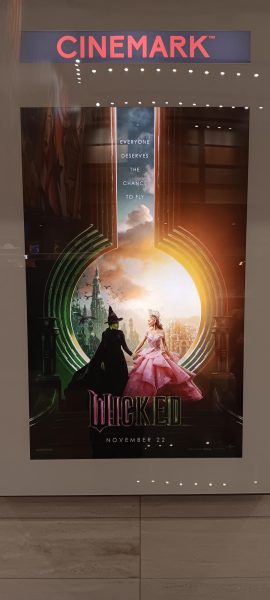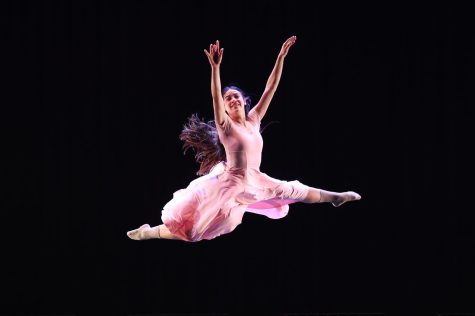‘Cabaret’ walks off with a home run
With two down and runners in scoring position Casey saunters slowly toward the batters box. Mudville down 4-2 in the bottom of the ninth, a standard Casey homerun will win the game. The crowd cheers. Casey waves. He strikes out.
In one of the more whimsical scenes of the musical, Clifford Bradshaw, a novelist from America, seduces cabaret dancer Sally Bowles by reciting “Casey at the Bat.” This scene in every sense captures the essence of “Cabaret.”
The story is the amalgam of happy-go-lucky characters that delight in momentary sensuality and ecstasy to deal with day-to-day struggles and the inevitable onslaught of Nazi Germany. As each character floats away in wild imagination, each strikes out.
To produce the musical, Director Valerie Rachelle and her company take their bats, decorate them in drag, and together knock one out of the park. Blessed with Rachelle’s artistic vision and a host talented actors, EC’s spring production is a home run.
The success with “Cabaret” starts with a clear distinction between fantasy and reality. Rachelle uses much juxtaposition to convey this message, yet nothing seems to clash. The contrasts between each element create a cohesive picture rather than one marked with delineation.
For instance, in first few numbers, the flurry of dissonant song accentuates a pain in the smiles and playfulness of the actors and in the rapport between them. Though the viewer is invited to forget one’s troubles, and he is able to do so, Rochelle contrastingly is also able to show the trouble of forgetting one’s troubles.
Much of the success in conveying the message comes with an overload of talented actors. The crowd was noticeably enamored with Andrew Blake Ames’s performance of Emcee as the narrator. With every joke and every dance, Ames kept the audience involved with the story.
Adam Carpenter, Lauren Arnold, Shirley Ann Hatton, and Jack Messenger give phenomenal performances that carried the production and plot development. Beyond their accents, they had personality and depth character. Their performances came with ease and without hesitation, and they communicated well with the other characters.
The Kit-Kat girls and boys worked well together as a unit. The group displayed good synchronization yet individuality.
The lead performances were perhaps a little harder to nail. Virginia Brazier gives a good performance but the strength of the supporting cast deflected some attention from her. William Boschelli, who seemed to lack experience, gave a lukewarm performance that seemed somewhat dull and uninvolved. Fortunately for the play, however, his unintentional flop fit the bill of an aloof novelist, which made his portrayal work.
Rachelle’s production also succeeds for a meticulous attention to detail. Daniel Fernadez’s management of the stage crew was on point. The musical ensemble was without error. Even the followspots followed spot on.
As whole, Rachelle has produced a must see musical that is more than just an amateur production. Rachelle delivers a win, a walk-off home run.












